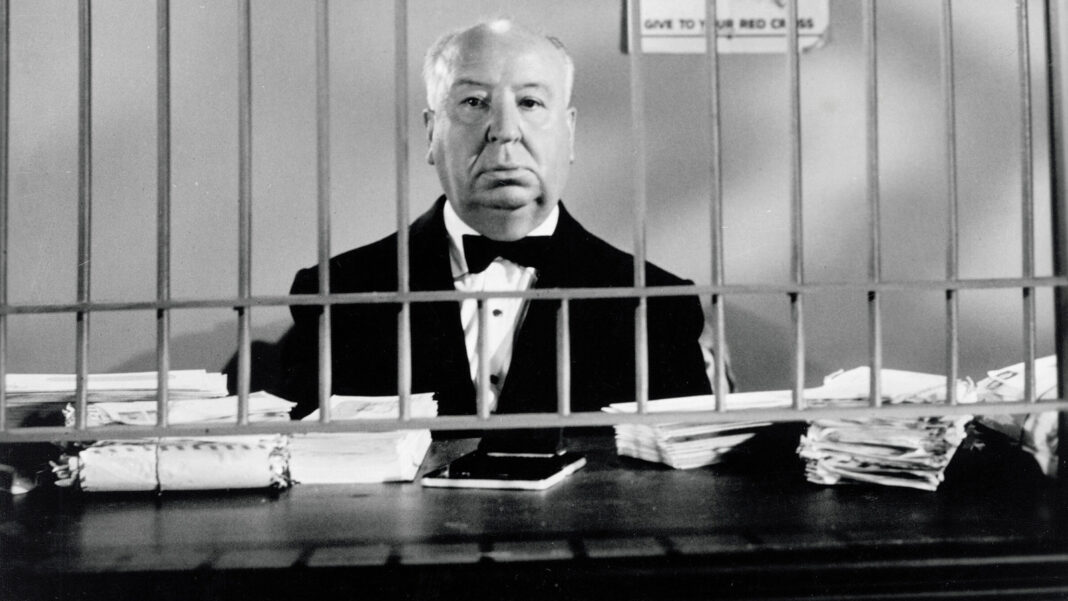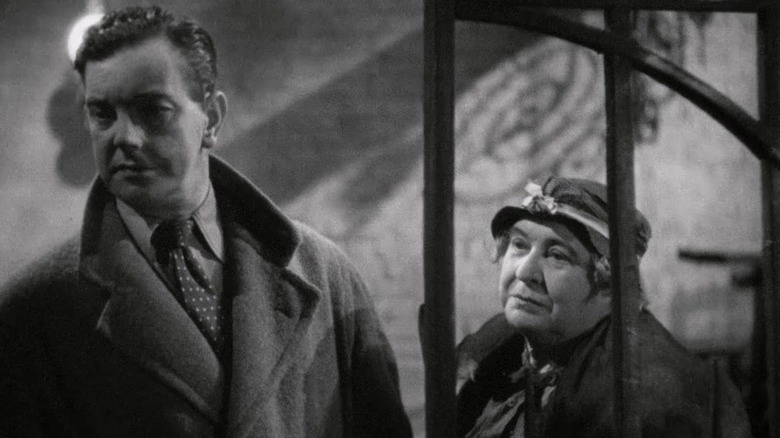The legendary Alfred Hitchcock is one of the most revered filmmakers of all time. Hitchcock crafted some of the most iconic scenes in cinema history, including the dramatic crop duster chase in “North by Northwest” and the chilling shower murder in “Psycho.” Beginning his career in the early days of cinema, without a wealth of cinematic classics to look to for inspiration, Hitchcock was a pioneer. He developed new narrative techniques to tell stories on film, paving the way for generations of filmmakers to follow.
Hitchcock’s film career spanned over half a century. Some of his first roles in the industry were as a title designer or an art director on other filmmakers’ movies, many of which have since been lost. The earliest movie actually directed by Hitchcock that modern audiences can still enjoy is 1925’s “The Pleasure Garden,” a silent drama based around the Pleasure Garden Theatre in London. However, “The Pleasure Garden” was actually the second feature film Hitchcock directed. It was preceded by a Hitchcock movie that has been lost … or, more accurately, one that was never finished.
Hitchcock began work on “Number 13,” his would-be directorial debut, in 1922. Gainsborough Pictures, the production company behind the movie, had afforded Hitchcock this first opportunity to direct a feature. Despite being the project that would’ve marked the beginning of one of cinema’s most legendary careers, “Number 13” never made it into theaters, and much about the film remains a mystery to this day.
The reason Alfred Hitchcock’s Number 13 was never completed
The production history of “Number 13” — also called “Mrs. Peabody” in studio documents — is still a point of intrigue and uncertainty for modern film scholars and Hitchcock enthusiasts. One detail that does seem apparent is that the production was shut down due to a lack of funds. Whether this means Gainsborough Pictures did not have enough faith in the movie and its new director to put up the money itself is unclear. All that’s really known is that “Number 13” was financed by two private individuals rather than the studio’s own funds.
The first of the film’s financiers to come aboard was John Hitchcock, Alfred Hitchcock’s uncle. The second was Clare Greet, an actor who was also playing one of the leading roles in “Number 13.” Despite the film never being completed, Hitchcock was so grateful for Greet’s contribution that he ended up casting her in six of his other films: “The Ring,” “The Manxman,” “Murder!,” “The Man Who Knew Too Much,” “Sabotage,” and “Jamaica Inn.”
Greet would have appeared alongside Ernest Thesiger in “Number 13.” The two stars were set to play a married couple in a story about the residents of a building — one funded by real-life philanthropist George Foster Peabody — meant to provide affordable housing for low-income Londoners. The script was written by Anita Ross, a staff member at Islington Studios whom Hitchcock alleged had some kind of connection to Charlie Chaplin (yes, that Charlie Chaplin) when interviewed by Francois Truffaut for his famous book “Hitchcock/Truffaut.” Outside of this comment, though, Hitchcock rarely ever spoke of “Number 13.” Leave it to the Master of Suspense to leave the rest of us hanging forever.

